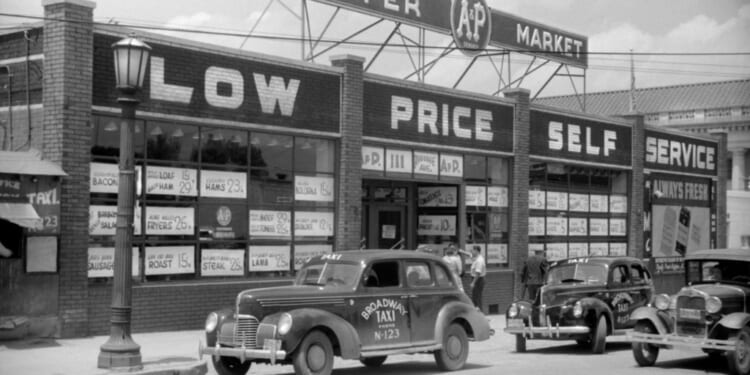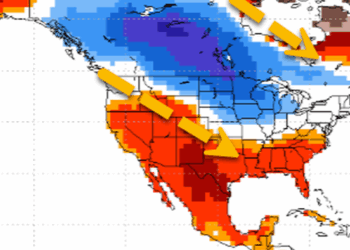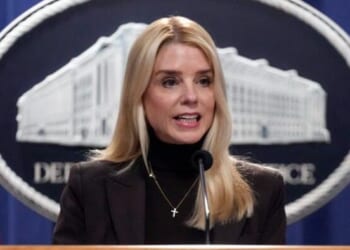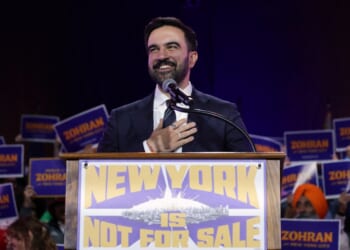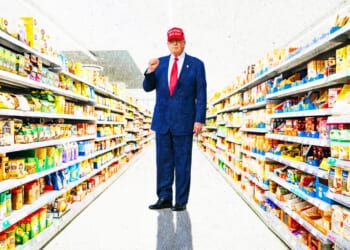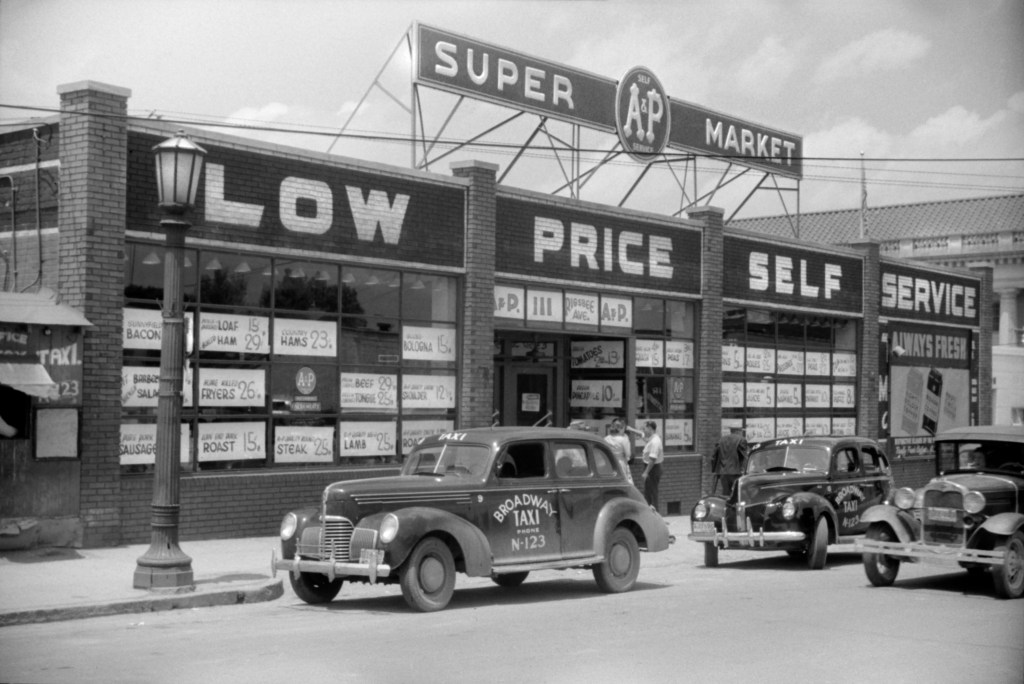
Last week a federal judge ruled that Meta was not an illegal monopoly, citing the changes in the social media landscape since the company bought Instagram and WhatsApp more than a decade ago. Various other antitrust actions against the likes of Google, Apple, and Amazon are winding their way through the legal system.
If you find yourself nodding along when the subject of antitrust cases comes up, but aren’t sure exactly what they’re really about, don’t worry. The people enforcing the rules aren’t sure either. One hundred thirty-five years after the Sherman Act became the first U.S. competition law, debates over what constitutes a violation of antitrust law, how antitrust statutes should be applied, and even their proper aim continue.
A current textbook on the subject cheerfully offers the definition of American antitrust law as “an effort to protect the process of competition, and to set some guard rails around the ways in which market power can be created or maintained, as part of an effort to promote the public interest.” The text then immediately acknowledges the great deal of disagreement involved in defining those terms, determining which behaviors promote competition and which stifle it, and defining the “public interest.”
Part of the confusion stems from America’s foundational antitrust law being born more from political sentiment than from legal traditions or economic evidence. The remarkably open-ended Sherman Act was passed in 1890 in reaction to the rapid industrialization of the Gilded Age and the resulting anxieties about the unprecedented consolidation of large agriculture, railway, and oil businesses. Section 1 of the act prohibits contracts, combinations, and conspiracies in restraint of trade, while Section 2 prohibits monopolization, attempted monopolization, and conspiracy to monopolize. The law allowed for both the government to bring civil and criminal cases and for private rights of action by those injured from antitrust violations.
Economists of the late 19th century were skeptical. Would the law be effective in restraining the rapid scaling of industry? Or would it work too well and blunt the benefits of that scale? The courts had their work cut out for them too with the passage of the Sherman Act. As written, it outlawed “every contract, combination or conspiracy in restraint of trade.” But a literal interpretation of that would make nearly every commercial contract in America illegal. And so, the courts were left to distinguish between arrangements that were beneficial and remained legal from those that suppressed rivalry and were outlawed.
If that seems confusing, it has been.
The ensuing years saw courts sorting out which arrangements were per se illegal and which were still permissible. In doing so, legal decisions necessarily narrowed the broad language of the Sherman Act. In its 1911 decision in Standard Oil Co. of New Jersey v. United States, the Supreme Court established the “rule of reason,” meaning that only anticompetitive practices found to be unreasonable violate the law, and set the precedent of evaluating antitrust suits on a case-by-case basis.
This judicial narrowing didn’t sit well with Congress. In 1914, U.S. antitrust law was strengthened with the passage of the Clayton Antitrust Act that specifically outlawed price discrimination against competing companies, conditioning sales on exclusive dealing, serving on boards of competitors, and mergers that might substantially reduce competition. Congress also established the Federal Trade Commission (FTC) that year. This was a time of “big is bad” political populist heroes, like Louis Brandeis, who championed the idea that antitrust should address social and political objectives but never authored a major antitrust decision while he was on the Supreme Court.
This beefing-up of antitrust law didn’t immediately result in increased enforcement. The prevailing political winds were blowing against capitalism and toward more direct government intervention in economic activity. Direct cooperation between industry and government during World War I and the Great Depression was successful, making unfettered capitalism look paltry compared to ideas like the National Industrial Recovery Act, which among other measures allowed the president to regulate wages and working hours, and other New Deal programs. The chaos of a laissez-faire marketplace, and the task of patrolling it, mostly fell out of political fashion.
By 1936, the country had learned some lessons about central planning the hard way. But the move away from direct government involvement in the economy brought with it more aggressive antitrust enforcement for industry. Behavior that had once been encouraged and permitted by officials in partnership with government planning was now suspect under antitrust regulation. Courts began condemning collusion among rivals, scrutinizing dominant firms, and declaring more arrangements illegal in order to ease the government’s burden of proving actual harm in specific cases.
During this era, the fundamental confusion around the aim of U.S. antitrust law was on full display: Was its goal to protect competition for the benefit of consumers? Or was it to protect lesser rivals from competition? In the 1940s, the government successfully prosecuted chain grocer Great Atlantic & Pacific Tea Company (better known as A&P) for violating the Sherman Act even as the company offered lower prices, better quality food, and a greater selection to its customers. Smaller traditional retailers and their incumbent supply chain wholesalers won, but consumers surely lost.
This period also saw a hostility to mergers that was largely untethered from economic facts. After Congress in 1950 increased the government’s authority to bar certain mergers, the Supreme Court in Brown Shoe Co. v. United States (1962) blocked a merger that would have created a meager 5 percent combined market share. In a tacit acknowledgement that the decision seemed to protect competitors, not competition or consumers, the court admitted that “occasional higher costs and prices might result from the maintenance of fragmented industries.”
Many cases to follow saw the court imply that increased efficiency was a reason to attack a merger, dismissing the competitive gains some mergers produce that often benefit consumers. By 1966, Supreme Court Justice Potter Stewart lamented the lack of a clear legal principle in antitrust by writing in a dissent that, “The sole consistency that I can find [in our antitrust merger cases] is that … the Government always wins.”
Was the aim of antitrust law to stop companies from getting “too big” by blocking mergers? Was it to encourage competition that leads to lower prices and more innovation for consumers? Or was it to protect smaller firms from larger ones? (This rendition of R.W. Grant’s “Incredible Bread Machine” is a tidy guide to the inherent conflicts in the antitrust regulation of the era.)
By the 1960s, many scholars had critiqued these judicial inconsistencies, producing both empirical economic work critical of the court’s decisions and arguments in favor of making consumer welfare the lodestar of U.S. antitrust law. By the 1970s, a new approach was being put into practice. Former FTC Chairman Timothy J. Muris describes it like this:
… [C]ourts and enforcement agencies promote the competitive goals of the antitrust laws only by allowing disruptive companies to reach efficient scale, lower costs through vertical integration, and undersell smaller and less efficient competitors through relentless price-cutting. Those positions reflect basic economics and view the welfare of consumers as the central objective of sound antitrust policy.
The consumer welfare standard, coupled with vigorous economic analysis, enjoyed bipartisan support and shaped the antitrust activities of courts and enforcement agencies for 40 years. It also provided predictable law for American businesses, and facilitated efficiency and innovation with beneficial mergers and new business arrangements. It largely removed firms’ fear that they might run afoul of an overly broad antitrust framework.
That predictability was threatened in 2021 when President Joe Biden referred to the consumer welfare standard as a 40-year-long “experiment failed.” Biden installed so-called “neo-Brandeisians,” enthusiasts for a return to the antitrust approach preceding the consumer welfare revolution, in leadership roles in his White House, FTC, and Department of Justice. They argued that antitrust law should move away from a narrow focus on consumer welfare and toward addressing broad goals like preserving democracy, benefiting workers, and reducing inequality.
Aggressive antitrust enforcement seems unlikely to protect the interests of consumers and accomplish additional goals. For an admittedly simplified example, to protect a small artisan bread maker who must charge $8 a loaf in order to turn a profit against competition from large-scale bakeries that can charge $2 a loaf, the practical answer is that prices on the cheap bread will have to go up. A preference for the little guy has been served, but consumers have not.
Similarly, a bias against mergers ignores their potential benefits. Amazon made life convenient for consumers when it bought Whole Foods. Google sparked valuable innovation and healthy competition when it purchased and then open-sourced the Android operating system for device manufacturers around the globe. Meta’s acquisition of Instagram turned it into something people actually enjoyed using.
How well the consumer welfare standard weathered the neo-Brandeisian storm remains unclear in the second Trump administration. Some of the biggest cases filed during the Biden years were against “Big Tech” and continue today, but with perhaps different motives. Trump officials’ “America First” brand of antitrust philosophy certainly doesn’t shy away from wanting to use antitrust laws to accomplish its own set of larger social goals, like influencing content moderation decisions on social media platforms. In other ongoing cases, simple inertia may play a role. It’s hard to imagine that, if successful, the FTC’s case against Amazon would do anything other than raise prices for consumers, but that trial won’t begin until 2027 and a new administration could be in place before the case is decided.
It seems we are not much closer to a precise definition of what constitutes an antitrust violation today than we were 135 years ago, but the body of law’s tumultuous history recommends skepticism and restraint. That wisdom may be timeless. A frequently quoted line from Adam Smith’s 1776 Wealth of Nations states that “[p]eople of the same trade seldom meet together, even for merriment and diversion, but the conversation ends in a conspiracy against the public, or in some contrivance to raise prices.” But referenced less often is the line that follows: “It is impossible indeed to prevent such meetings, by any law which either could be executed, or would be consistent with liberty and justice.”

